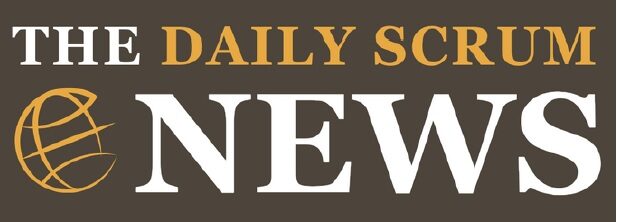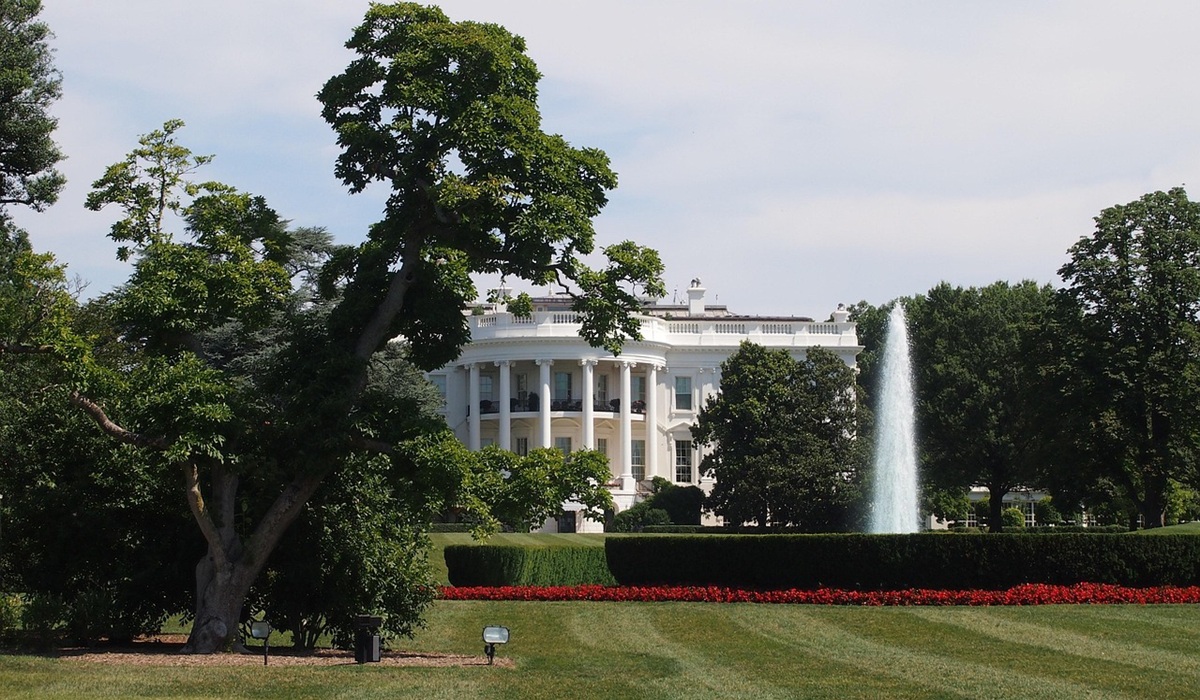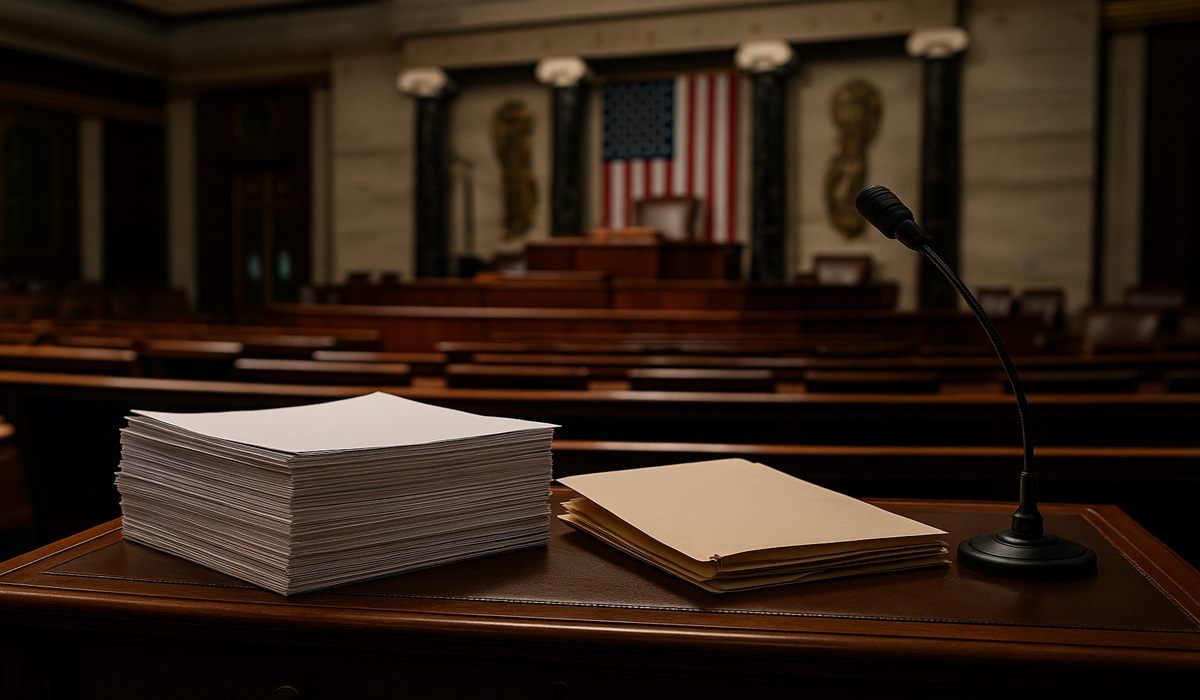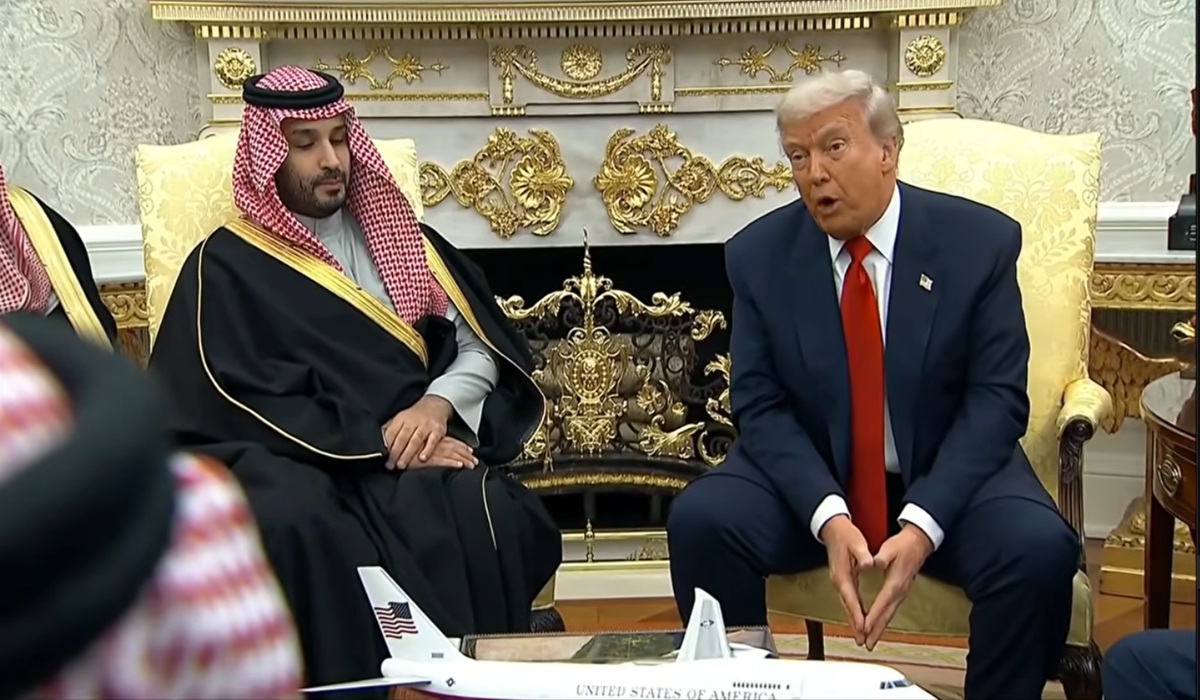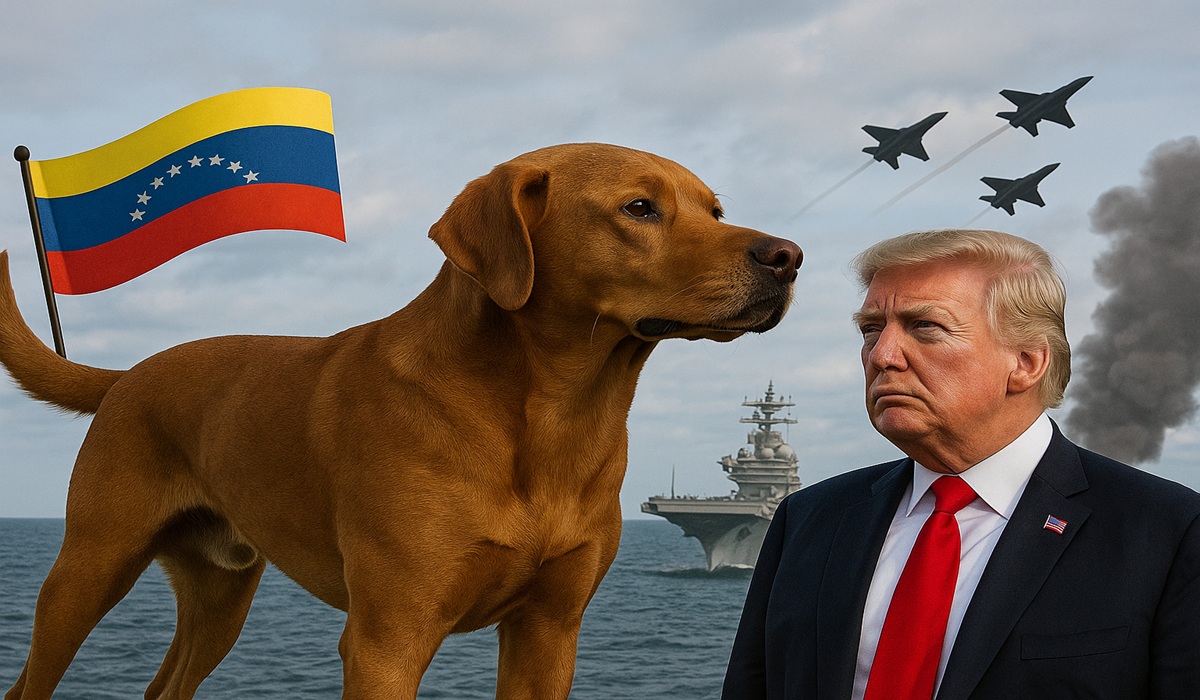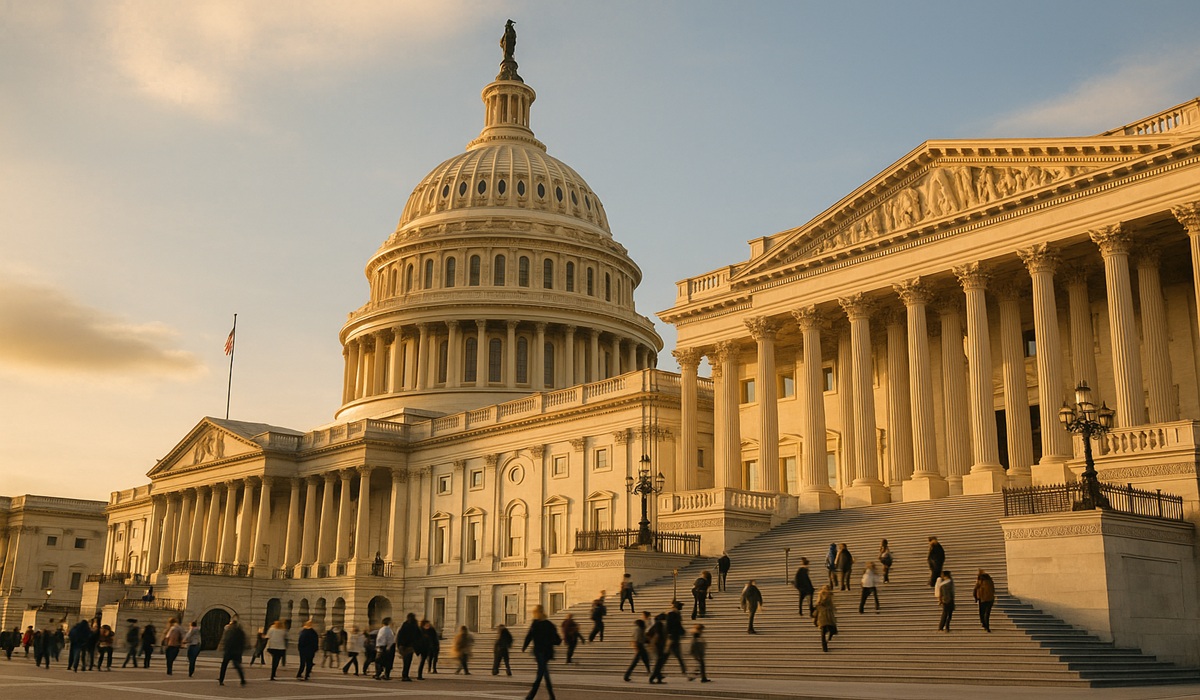Understanding Executive Orders: Presidential Directives and Their Power
- TDS News
- U.S.A
- January 25, 2025
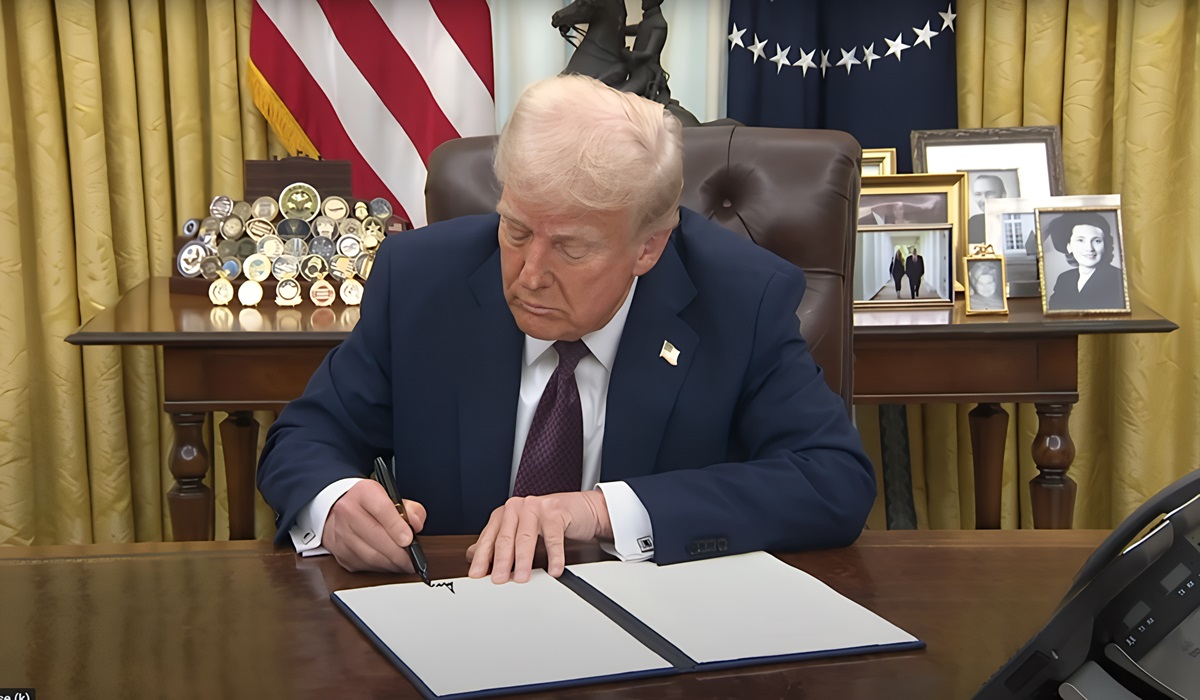
An executive order is a directive issued by the President of the United States to manage the operations of the federal government. It holds the force of law, allowing the president to enforce statutes, direct federal agencies, and implement policy without requiring approval from Congress. These orders are grounded in the constitutional authority of the president, particularly the “Take Care Clause” of Article II, which mandates that the president “shall take care that the laws be faithfully executed.”
The first known use of such a directive dates back to George Washington in 1789. Washington issued instructions to his department heads to report on the financial and operational status of their departments. This set a precedent for future presidents to use this tool for governance. Another early and significant instance came in 1863 when President Abraham Lincoln issued the Emancipation Proclamation. Though not titled an executive order at the time, it is often regarded as one in practice, as it utilized presidential war powers to declare the freedom of slaves in Confederate states.
These directives are a versatile instrument of presidential authority, often used to address urgent or specific issues that require swift action. Franklin D. Roosevelt issued the most in history, using them extensively during the Great Depression and World War II to manage the nation’s recovery and war efforts. A notable example is the order authorizing the internment of Japanese Americans during World War II—a decision later deemed unconstitutional by historians and legal scholars for its violation of civil liberties.
Despite their utility, such directives have significant limitations. They cannot create new laws, appropriate federal funds, or override existing legislation. Additionally, they are subject to judicial review and can be invalidated if deemed unconstitutional. Congress also holds the power to pass legislation that can counteract a presidential directive, though this requires a veto-proof majority to overcome a presidential veto. Subsequent presidents can modify, revoke, or replace those of their predecessors, limiting their permanence.
In modern times, these orders often serve as a flashpoint in political debates, as critics argue they allow presidents to bypass the legislative process and consolidate power. Proponents, however, see them as a necessary tool for governance, particularly in times of crisis or when legislative gridlock stalls critical policy initiatives. Ultimately, the balance of power and accountability remains a cornerstone of the debate over the proper scope and use of these presidential directives in the United States.
